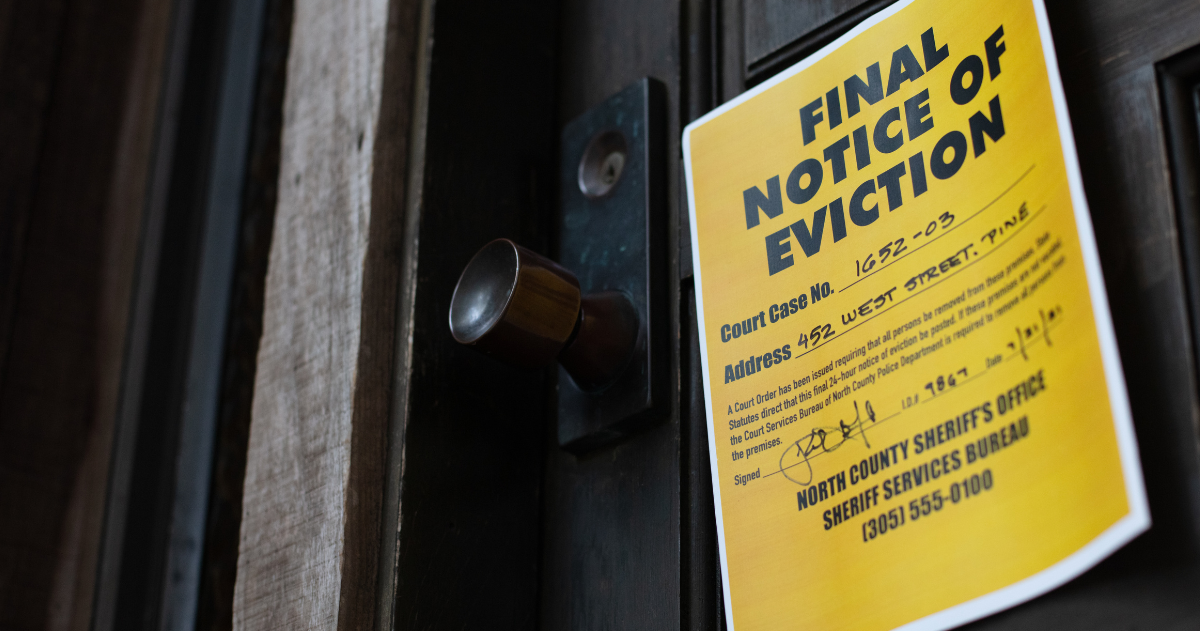Starting on April 30, 2018, Ontario landlords have to follow a new standard lease form for all new tenancy agreements. These will be applicable to independent landlords and property management companies throughout the province. The new standard lease form was designed to make lease agreements clearer for all tenants and landlords so that everyone is aware of exactly what they are agreeing to. Here’s what Ontario landlords need to know about the new standard lease.
Why a new standard lease?
Ontario’s new standard lease was designed with the purpose of protecting both tenants and landlords from illegal terms and clauses that are commonly found in lease agreements throughout the province, and to reduce the need of hearings held by the Landlord and Tenant Board. The new standard lease creates a universal standard, making it much more clear to all parties what is allowed to be in a lease agreement, and what isn’t.
The Ontario standard lease is designed to be easily understood by everybody, especially in regards to rent amounts, deposits, and utilities – three major areas where problems often arise between landlords and tenants. The standard lease will apply to nearly all Ontario residential properties, including single and semi-detached homes, apartments, condos, and secondary units.
What must be found in a standard lease?
Landlords issuing new lease agreements to their tenants must follow the new standard lease form guidelines, which including three separate mandatory sections. The first are mandatory fields that cannot be altered or removed, including the name(s) of the landlord and tenant, rent amount, tenancy term, and the services included in the unit, and other terms like rent and key deposits, renter’s insurance, and rules against smoking inside the property.
The second section consists of option additional terms, allowing landlords and tenants to agree to terms that may apply to the unit or unique situations. Any additional terms that are not consistent with the mandatory terms of the lease or the Residential Tenancies Act (RTA) are now deemed unenforceable and therefore void under the new standard lease. The third section of the standard lease details information on landlord and tenants rights and responsibilities, and unenforceable conditions that include subletting, pets, ending a tenancy, guests, and entry of the landlord.
Using property management to avoid penalties
Any new lease agreement must follow the standard lease format, or a landlord must present one that follows the format within 21 days of a tenant’s formal written request. Tenants who signed new agreements before April 30th cannot request a standard lease without first negotiating with their landlord. Tenants who are not provided with a standard lease after a request can withhold one month’s rent from their landlord, and if a landlord fails to deliver the new standard lease agreement within 30 days, the withheld rent does not have to be paid back. This is obviously a very serious penalty that landlords have to ensure they do not incur.
The best way for landlords to avoid facing penalties under the new Ontario standard lease or have rent payments withheld is to hire the services of a professional property management company like Highgate Properties. Professional property managers have the knowledge and expertise needed to carefully navigate the new standard lease agreement guidelines to ensure that all parties are satisfied. Many independent landlords simply don’t have the time to draw up new standard lease agreements for all of their tenants, so hiring a property manager will ensure that agreements are written and delivered on time so that no penalties are incurred, while keeping your tenants satisfied and money in your pocket.
For more information on how the property management experts at Highgate Properties can help make your life as a Toronto property owner easier, contact us today.





